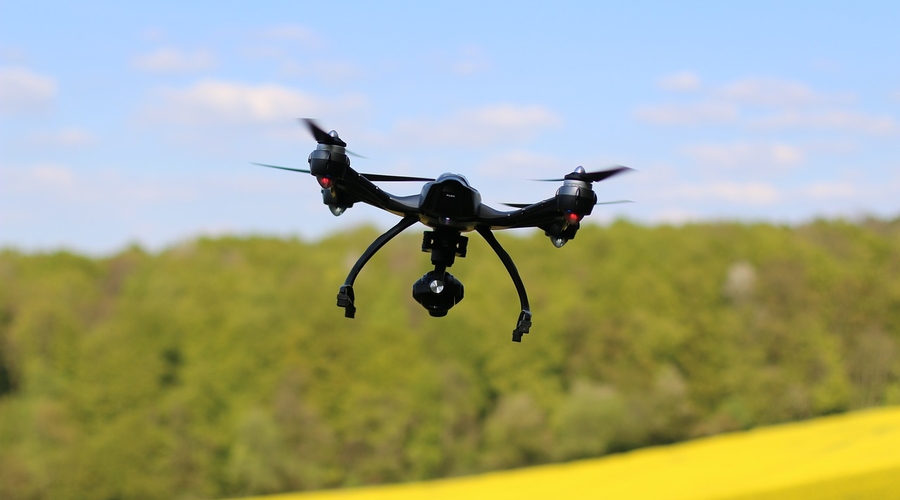Drones have catapulted into mainstream use and it is now easier than ever to own one of the popular gadgets.
They are able to capture astonishing footage from unique aerial heights and venture into areas that humans can't go.
The gadgets are game changers for filming, surveillance, rescue operations and even shopping, with Amazon now trialing drone operation to deliver packages.
However, new measures have been put in place due to the increasing numbers of near miss incidents that have endangered aircrafts and the safety and privacy of others.
The majority of drones are used responsibly but it is important to know the rules and legal requirements needed before you take it for its first flight.
We have come up with a handy guide to know the safest way to fly your drone.
Choose the correct drone
With so many on the market, it’s hard to know which one to choose and if it is legally safe to use.
To know your drone is legal, there will be a clear ‘CE’ marked on the device and the packaging. It will also have a Declaration of Conformity (DoC).
If your drone is under 20kg and used for personal use, it can be acquired without a licence.
For commercial use, you must acquire permission from the Civil Aviation Authority (CAA).
How to use a drone safely
All drones work differently, so make sure you follow the specific instructions for the model you have.
Safety regulations from Drone Safe, endorsed by the CAA, state that the drone should not exceed 400ft to reduce conflict with manned aircrafts and to always be kept in clear sight to avoid loss of control.
Keep the drone 150ft away from people and 500ft away from crowds and built up areas to avoid collision or harm to others.
Steer clear of aircrafts, airports and prisons. If you are unsure if you are flying in a safe area, use a drone safety app such as Drone Assist from NATS, the UK's main air traffic control provider.
The app will present a map of safe airspace used by commercial air traffic and show cautionary areas to avoid, ground hazards, and privacy risks.
There is a feature that allows you to share the location of your drone with other app users, reducing the risk of a drone related accident in the UK airspace.
What legal responsibility do I have?
You are legally responsible for your drone and are therefore liable for any implications.
Irresponsible flying that leads to danger to others or intrusion of restricted areas, such as airports and prisons, can lead to criminal prosecution and, in some cases, imprisonment of up to five years.
It is advised that the owner should obtain drone insurance, which will not only cover the device if it has been damaged but will also protect the owner if the drone causes harm to others.
If used responsibly, drones can be used as exciting video devices and have opened endless possibilities for exploring untouched terrain from spectacular aerial perspectives.

